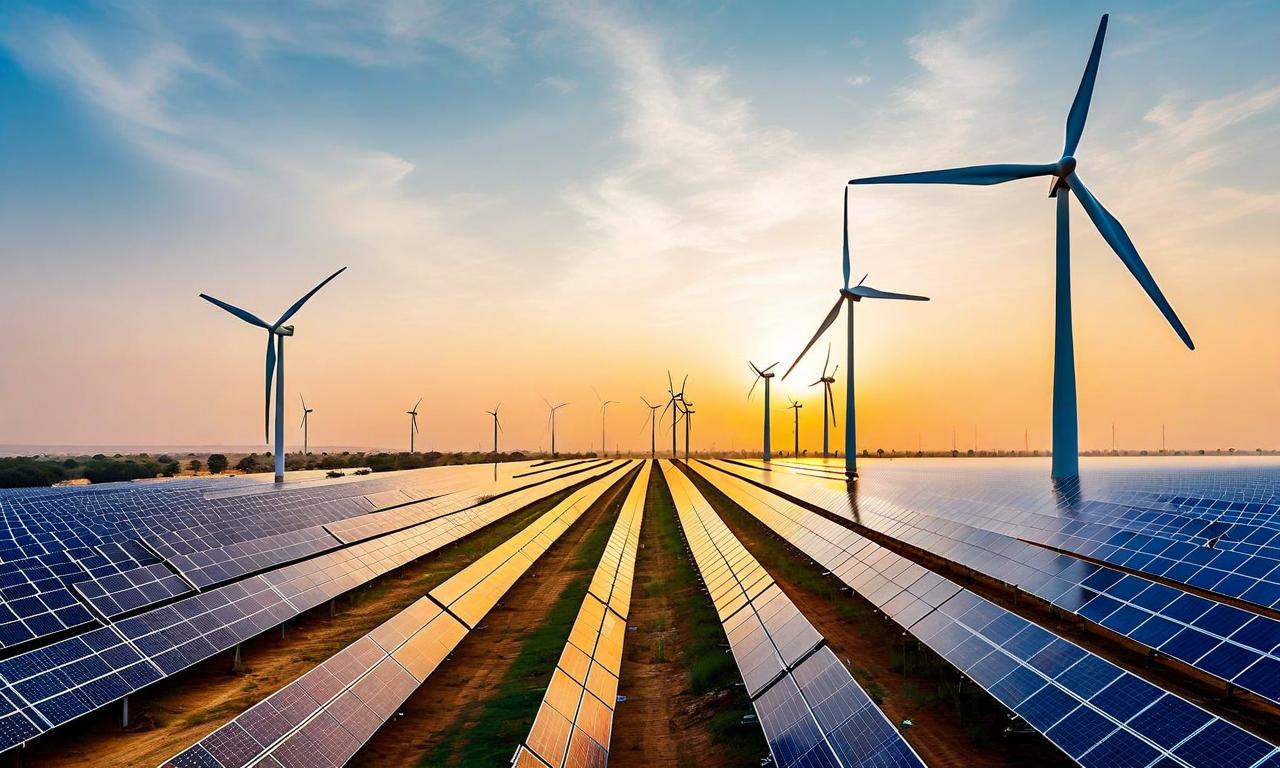Microfinance Giants Accelerate Bad Loan Write-offs to Bolster Balance Sheets
Leading microfinance companies in India are accelerating bad loan write-offs to address rising non-performing assets (NPAs). Fusion Finance has reduced its write-off period from 240 to 180 days, while Muthoot Microfin is writing off Karnataka loans at 120 days past due. This strategy has shown immediate positive results, with Fusion Finance's gross NPA improving to 5.40% from 7.92% after a ₹486-crore write-off. CreditAccess Grameen reported a decrease in gross NPA to 4.70% from 4.76%, and Muthoot Microfin maintained its gross NPA at 4.85%. The move aims to cleanse balance sheets, improve loan portfolios, and enhance investor confidence and regulatory compliance in the microfinance sector.

*this image is generated using AI for illustrative purposes only.
Leading microfinance companies in India are taking decisive action to strengthen their financial positions by accelerating bad loan write-offs amid rising non-performing assets (NPAs). This strategic move aims to cleanse balance sheets and present healthier loan portfolios to investors and regulators.
Industry-wide Shift in Write-off Policies
Several major players in the microfinance sector, including CreditAccess Grameen, Fusion Finance, and Muthoot Microfin, have revised their write-off policies to address the challenge of mounting NPAs. These changes represent a significant shift in the industry's approach to managing loan portfolios:
- Fusion Finance has permanently revised its write-off policy, reducing the default period from 240 days to 180 days before writing off bad loans.
- Muthoot Microfin has implemented an even more aggressive approach for its Karnataka loans, conducting accelerated write-offs at 120 days past due, a substantial reduction from its usual 365-day policy.
Immediate Impact on Financial Health
The strategy of accelerated write-offs, which began in December, has already shown promising results:
- Fusion Finance saw its gross NPA improve to 5.40% from 7.92% after a substantial ₹486-crore write-off.
- CreditAccess Grameen reported a decrease in its gross NPA to 4.70% from 4.76%.
- Muthoot Microfin maintained its gross NPA at 4.85%, despite the challenging economic environment.
CreditAccess Grameen: A Closer Look
CreditAccess Grameen, one of the leading microfinance institutions, has demonstrated resilience in its financial structure. An analysis of its latest balance sheet reveals:
| Metric | Value (₹ crore) | 3-Year Growth | YoY Change |
|---|---|---|---|
| Total Assets | 27,802.20 | 27.19% | -3.70% |
| Shareholders' Capital | 6,955.90 | 36.21% | 5.87% |
| Reserve and Surplus | 6,796.20 | 37.35% | 6.02% |
Industry Implications and Outlook
The microfinance sector's move towards accelerated write-offs is a proactive step to normalize balance sheets in a challenging economic landscape. This approach not only improves the appearance of loan portfolios but also potentially enhances investor confidence and regulatory compliance.
As these companies continue to adapt their strategies, the microfinance sector may see improved financial health metrics in the coming quarters. However, the effectiveness of these measures will ultimately depend on the underlying economic conditions and the ability of borrowers to repay their loans.
The sector's focus on balance sheet cleansing through accelerated write-offs demonstrates a commitment to transparency and financial prudence, which could set a new standard for financial reporting and risk management in the microfinance industry.
























